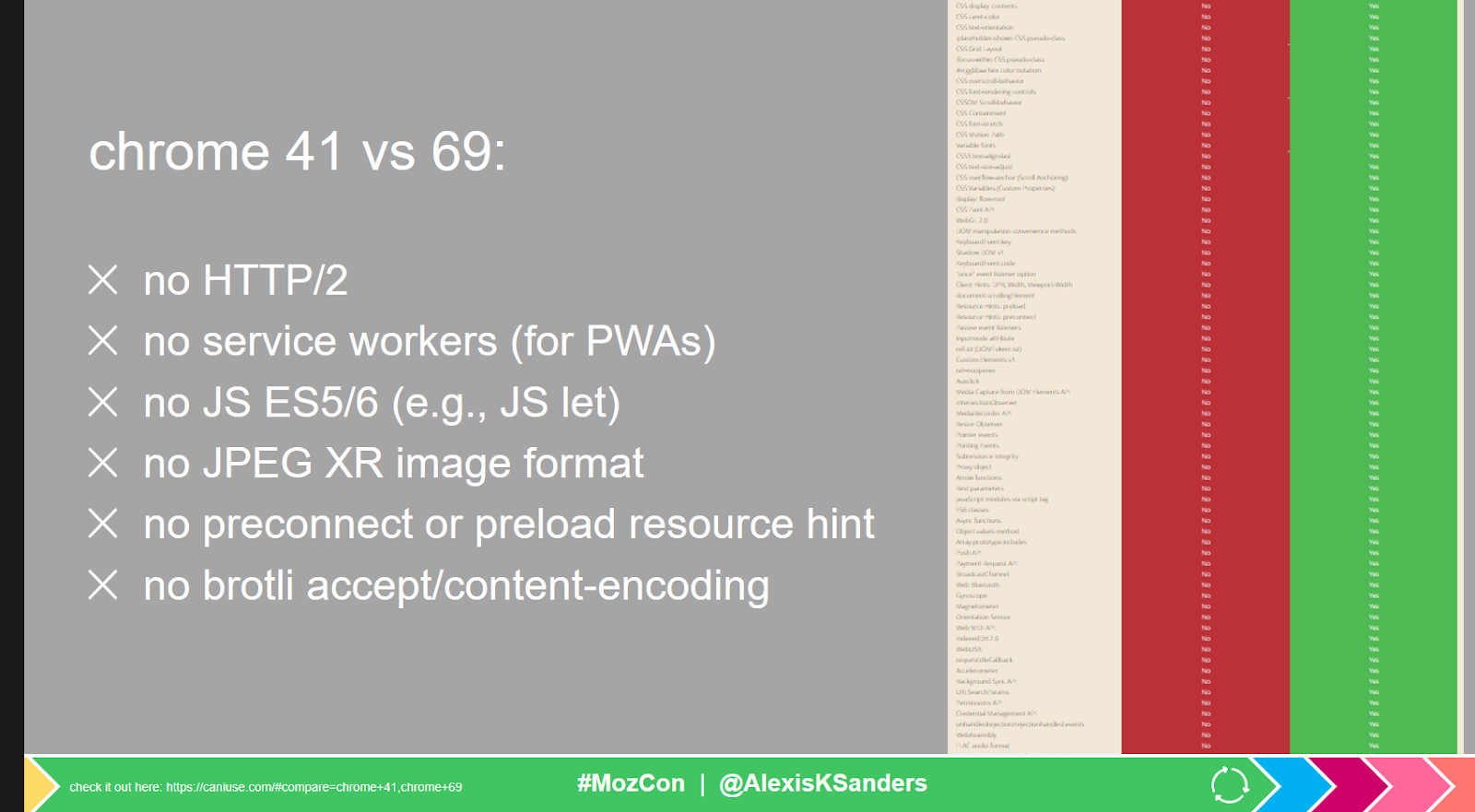

- #Data type of each menu item object on a menustrip how to#
- #Data type of each menu item object on a menustrip windows 10#
- #Data type of each menu item object on a menustrip code#
JavaScript code can execute like this: let one = 1

This means that a variable can contain a value of any type. JavaScript, however, is a loosely typed (or dynamically typed) language. This means that if a variable is defined with a specific type it can contain a value of only that type. Many programming languages like Java have strict type checking. MITRE Corporation Guidelines for Designing User Interface Software, (Smith SL & Mosier JN, 1986.Data types and type checking are fundamental aspects of any programming language.
#Data type of each menu item object on a menustrip windows 10#
Microsoft Windows 10 User experience guidelines for Universal Windows Platform (UWP) apps Microsoft User Experience Interaction Guidelines for Windows 7 and Windows Vista

use Insert > Page Numbers, Format > Borders not Insert > Add Page Numbers, Format > Set Borders).īTW, these guidelines apply to names for all commands (e.g., for context menu items, side bar menus, command buttons, links), not just pulldown menu items.Īmeritech Graphical User Interface Standards and Design Guidelines (Schumacher RM, 1996).Īpple OS X Human Interface Guidelines (2012) Nouns may also be used as the direct object in the grammatical sense of the pulldown or cascade menu name (e.g. Do not include empty verbs that merely mean “get this” (e.g., don’t use Open Options, Manage Inventory, Show in Print Layout). Likewise use a noun for changes the view or perspective in the current window (e.g., Print Layout). Use a noun if the menu item navigates the user to a window of attributes or objects for review or modification, where the noun is the destination (e.g., Options, Inventory). Do not include “empty” verbs that merely mean “change” (e.g., don’t use Make Bold and Set to Italic). Use an adjective if the menu item changes the attribute of something, where the adjective is the attribute value the thing will assume (e.g., Bold, Italic). Do not word as a question to the user (e.g., don’t use Generate Your Network?). Do not use passive voice (e.g., don’t use Network Generating). When using verbs, word in active voice as a command from the user to the computer (e.g., Generate Network). If a command isn't "now" due to needing more input from the user, append an ellipsis. Avoid names of entities or states (e.g., don’t use Copier, Reversion)ĭo not append "Now" (e.g., don't use Generate Network Now), unless necessary to distinguish it from a similar command.

Generally use verbs for names, indicating the action the menu item commits or purpose it serves (e.g., Copy, Undo). This implies:ĭo not use sentences (e.g., use Copy, not I Want You to Copy this).ĭo not include articles (e.g., use Generate Network, not Generate the Network).ĭo not use etiquette (e.g., don’t use Please Generate Network).ĭo not include instructional text (e.g., don't use Click Here to Generate Network).ĭo not include the implementation in the command (e.g., don’t use Network Generation Wizard). Each word must be “high value” providing the most information about what the menu item does and distinguishing the menu items from each other. Menu names should be short, clear, and concise to speed reading and recognition. Here are some additional guidelines pulled together from various other sources.
#Data type of each menu item object on a menustrip how to#
The standards cited by Paul Hibbitts on this page give some general naming guidelines and also explain how to use ellipsis (hint: “Tools > Options.” is wrong).


 0 kommentar(er)
0 kommentar(er)
